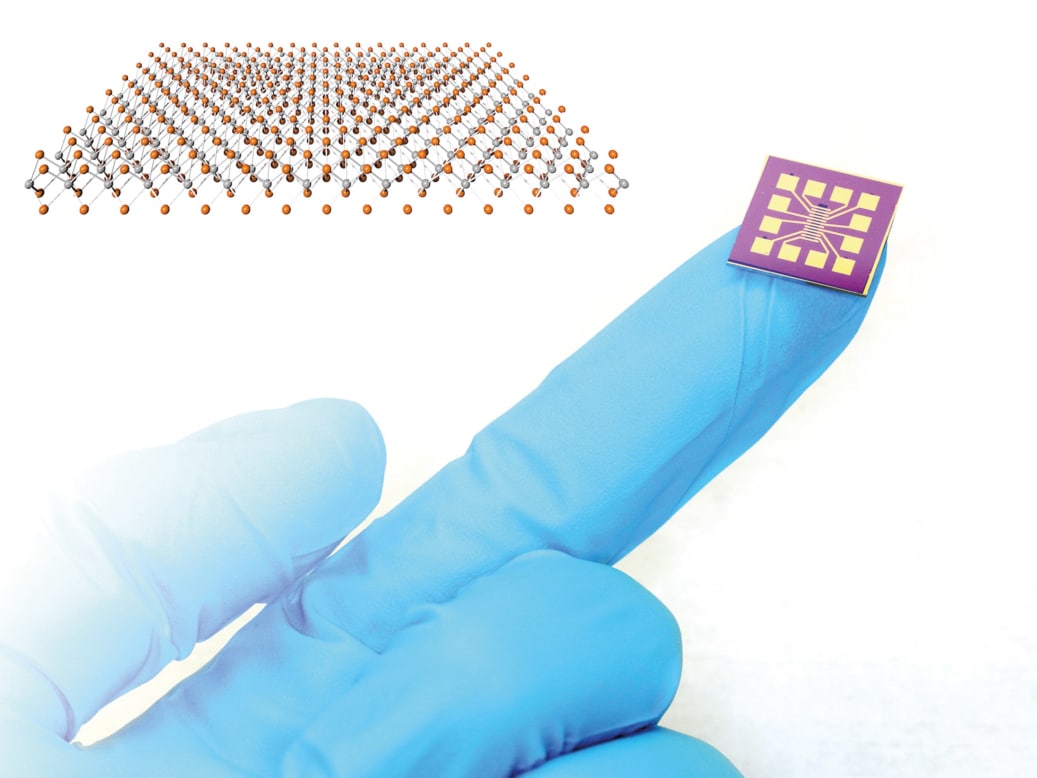Graphene-Based Additives vs. Conventional Options: A Comparative Analysis of Performance and Benefits
Introduction

Graphene-based additives have emerged as a promising alternative to conventional options in various industries due to their remarkable properties. This article explores the advantages and potential applications of graphene-based additives compared to traditional choices. We'll delve into the significance of comparing their performance and benefits, highlighting the unique properties of graphene-based additives that set them apart from the conventional alternatives.
.jpg&ehk=K%2bMwhWun5Yt0FmuchDJZP%2bwT0jJflApd29ckHAXBnTY%3d&risl=&pid=ImgRaw&r=0)
Overview of Graphene-Based Additives
Graphene-based additives are derived from graphene, a one-atom-thick layer of carbon with extraordinary characteristics. These additives offer superior performance and functionality in industries such as energy storage, electronics, coatings, and composites. Key advantages include high thermal and electrical conductivity, exceptional mechanical strength, and outstanding barrier properties. These properties make graphene-based additives a potential game-changer in various applications, revolutionizing how materials perform.

Overview of Conventional Options
Conventional additives are widely used in industries to enhance performance and functionality. However, they often come with limitations in terms of efficiency, cost-effectiveness, and environmental impact. In contrast, graphene-based additives present an alternative solution with unique properties. We will compare these conventional options to graphene-based additives, emphasizing the latter's advantages and potential applications.
Importance of Comparison
Comparing the performance and benefits of graphene-based additives to conventional options is crucial for several reasons. The analysis will help determine whether graphene-based additives indeed offer superior performance and benefits. This information is vital for industries like electronics, energy storage, and aerospace, where advancements in material science can lead to efficiency improvements, cost-effectiveness, and durability. Moreover, understanding the advantages and limitations of graphene-based additives will guide future research and development, driving innovation in material engineering.
Properties of Graphene-Based Additives
- High Thermal Conductivity
- Excellent Mechanical Properties

Graphene-based additives exhibit exceptionally high thermal conductivity, making them a promising alternative for various applications. Their ability to efficiently transfer heat enhances the performance of materials and systems. By incorporating graphene-based additives into thermal management solutions, industries can achieve improved heat dissipation, resulting in enhanced efficiency and reliability. These additives also facilitate better heat distribution, reducing the risk of hotspots and thermal damage. This makes graphene-based additives a viable solution for addressing the increasing demand for effective heat management in various applications.

Graphene-based additives have garnered attention due to their outstanding mechanical properties. Derived from the two-dimensional carbon allotrope, these additives offer exceptional strength, stiffness, and toughness. Compared to conventional options, they outperform in applications such as automotive, aerospace, and construction. The unique properties of graphene, including its high surface area and conductivity, make it an ideal candidate for enhancing the mechanical properties of various materials. The incorporation of graphene-based additives can result in lighter and stronger materials, contributing to energy efficiency and sustainability. In summary, the use of graphene-based additives holds great promise for revolutionizing industries and advancing technological advancements.